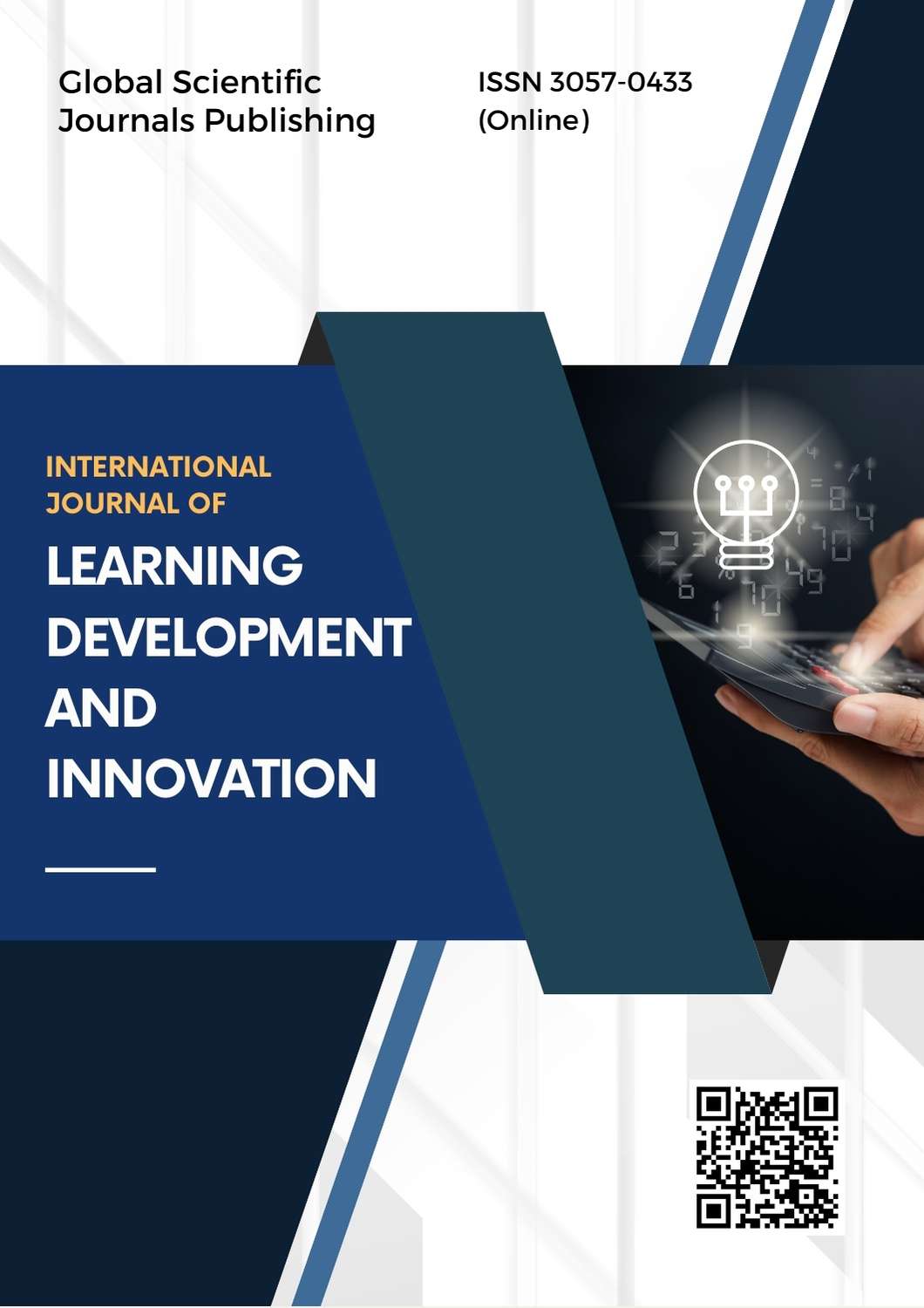The Dynamics of Village Head Rhetoric in Succeeding Village Government Policies in Bantaeng Regency
Keywords:
Village Head Rhetoric, Village Government Policy, Community Participation, Bantaeng Regency, Policy CommunicationAbstract
This article discusses the dynamics of the Village Head's rhetoric in an effort to make village government policies successful in Bantaeng Regency, an area in Indonesia with distinctive social and cultural diversity. This study uses a qualitative approach with in-depth interview techniques and participatory observation to examine the role of Village Heads in communicating policies and mobilizing support from village communities. In this context, rhetoric not only serves as a means of communication, but also as a means to shape public opinion and influence people's behavior towards the policies taken. The results of the study show that Village Heads in Bantaeng Regency adopt various rhetorical strategies that focus on delivering messages in a persuasive and inclusive manner. Through the use of appropriate language and the selection of communication styles that are in accordance with the characteristics of the village community, the Village Head succeeds in increasing the community's understanding of government policies and building a sense of ownership of these policies. In addition, the rhetoric of the Village Head is also used to overcome obstacles in policy implementation, such as distrust or lack of understanding of the community towards the existing policy objectives. Another important finding is the significant influence of rhetorical communication in increasing community participation in the village development process. People who feel valued and involved in decision-making are more likely to support and actively participate in policy implementation. The study also highlights the challenges faced by Village. Heads in using rhetoric effectively, including limited resources and cultural barriers that can affect community acceptance. Overall, this study provides deeper insight into the role of rhetoric in village governance and its contribution to the success of public policy at the village level. This research is expected to enrich the understanding of public communication in the context of local government and provide recommendations for communication capacity building policies for Village Heads in Indonesia.
References
Aristotle. (2007). On Rhetoric: A Theory of Civic Discourse. Translated by George A. Kennedy. Oxford University Press.
Bass, B. M. (1990). From Transactional to Transformational Leadership: Learning to Share the Vision. Organizational Dynamics, 18(3), 19-31.
Bateson, G. (1972). Steps to an Ecology of Mind. Ballantine Books.
Benhabib, S. (1987). The Claims of Culture: Equality and Diversity in the Global Era. Princeton University Press.
Berger, P. L., & Luckmann, T. (1966). The Social Construction of Reality: A Treatise in the Sociology of Knowledge. Doubleday.
Blake, R. R., & Mouton, J. S. (1964). The Managerial Grid: The Key to Leadership Excellence. Gulf Publishing Company.
Blumer, H. (1969). Symbolic Interactionism: Perspective and Method. University of California Press.
Bourdieu, P. (1991). Language and Symbolic Power. Harvard University Press.
Bruner, J. (1990). Acts of Meaning. Harvard University Press.
Carey, J. W. (1989). Communication as Culture: Essays on Media and Society. Routledge.
Drucker, P. F. (2001). The Essential Drucker: The Best of Sixty Years of Peter Drucker's Essential Writings on Management. HarperBusiness.
Eisenstein, E. L. (1983). The Printing Revolution in Early Modern Europe. Cambridge University Press.
Fisher, W. R. (1987). Human Communication as Narration: Toward a Philosophy of Reason, Value, and Action. University of South Carolina Press.
Foucault, M. (1972). The Archaeology of Knowledge. Pantheon Books.
Giddens, A. (1991). The Consequences of Modernity. Stanford University Press.
Goffman, E. (1959). The Presentation of Self in Everyday Life. Anchor Books.
Grice, H. P. (1975). Logic and Conversation. In P. Cole & J. L. Morgan (Eds.), Syntax and Semantics: Vol. 3. Speech Acts (pp. 41–58). Academic Press.
Habermas, J. (1984). The Theory of Communicative Action: Reason and the Rationalization of Society. Beacon Press.
Hodge, R., & Kress, G. (1988). Social Semiotics. Polity Press.
Jowett, G. S., & O'Donnell, V. (2012). Propaganda and Persuasion (5th ed.). SAGE Publications.
Kothari, C. R. (2004). Research Methodology: Methods and Techniques (2nd ed.). New Age International.
Kurniawan, E. S. (2015). Komunikasi Politik dalam Pemerintahan Desa di Indonesia. Jurnal Komunikasi Indonesia, 6(1), 27-38.
Lasswell, H. D. (1948). The Structure and Function of Communication in Society. In L. Bryson (Ed.), The Communication of Ideas. Harper & Row.
Lukes, S. (2005). Power: A Radical View (2nd ed.). Palgrave Macmillan.
Machiavelli, N. (2005). The Prince. The Modern Library.
Meyer, C., & Morin, S. (2004). Political Communication and Democracy: A Global Perspective. Cambridge University Press.
Miller, C. R. (2005). Rhetoric and the Public Sphere: From Hegel to Habermas. Routledge.
Norris, P. (2000). A Virtuous Circle: Political Communications in Postindustrial Democracies. Cambridge University Press.
Perkins, R., & Harvey, M. (2014). Rhetoric and the Politics of Identity: A Study of Local Government in Contemporary Indonesia. Journal of Indonesian Studies, 18(2), 145-162.
Rogers, E. M., & Shoemaker, F. F. (1971). Communication of Innovations: A Cross-Cultural Approach. Free Press.
Sartori, G. (2001). The Theory of Democracy Revisited. Chatham House Publishers.
Schutz, A. (1967). The Phenomenology of the Social World. Northwestern University Press.
Servaes, J. (1999). Communication for Development: One World, Multiple Cultures. SAGE Publications.
Smith, A. (1776). The Wealth of Nations. Methuen & Co.
Tannen, D. (1998). The Argument Culture: Moving from Debate to Dialogue. Random House.
Tannen, D., & Wallat, C. (1987). Interactive Frames and Knowledge Schemas in Interaction: Examples from a Medical Examination. Social Psychology Quarterly, 50(2), 205-216.
Van Dijk, T. A. (2008). Discourse and Context: A Sociocognitive Approach. Cambridge University Press.
Waisbord, S. R. (2001). The Role of Media in Development Communication: A Global Perspective. Harvard University Press.
Yusuf, M. (2019). Retorika Kepala Desa dalam Pembangunan Desa: Studi Kasus di Kabupaten Bantaeng. Jurnal Ilmu Pemerintahan, 12(3), 112-130.
Zarefsky, D. (2004). Public Speaking: Strategies for Success. Pearson Education.
Downloads
Published
How to Cite
Issue
Section
License
Copyright (c) 2025 Mahmuddin, Mantasiah, Sultan

This work is licensed under a Creative Commons Attribution 4.0 International License.





